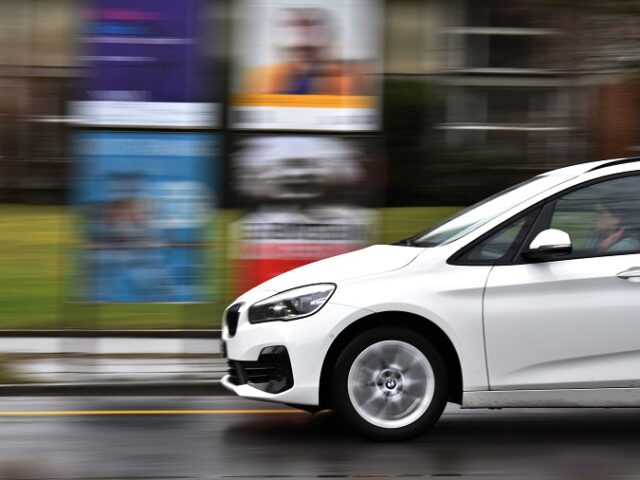
Automated Speed Enforcement Comes to Ottawa School Zones
There’s a new road safety tool on the streets of Ottawa and other communities throughout Ontario: photo radar.
Also known as “automated speed enforcement” (ASE), these speed cameras are now in place in various school zones in Ottawa as part of a pilot project, which began July 13th after a four-month delay due to the pandemic.
Ahead of a back-to-school season with more children than ever walking and biking to school, this is good news for everyone, especially our youngest and most vulnerable citizens. One city councillor told media that speeding is the number one concern from callers to his and his colleagues’ offices.
There will be two cameras in fixed locations and two cameras that move in a roughly 45-day rotation between six other locations. Details on locations are available on the city of Ottawa website.
If your vehicle is caught speeding by an ASE camera, here’s what will happen:
- You (or the registered plate owner) will receive a ticket in the mail within 30 days.
- The fine will be based on how much you were going over the posted speed limit. Remember that offences that occur in community safety zones result in a doubled fine.
- You will not receive any demerits, because the identity of the driver can’t be determined by the camera, only the license plate.
According to ASE Ontario, photo radar technology is just as accurate at detecting speed as traditional speed measurement devices used by police. It also frees up police time to deal with other serious road safety issues, such as stunt driving and racing.
What about the long-standing criticism that photo radar is a cash grab? Many jurisdictions simply funnel ticket revenues back into the general coffers, so it comes as welcome news that Ottawa will use money from photo radar and red light cameras to fund its Road Safety Action Plan–which aims to reduce the average rate of fatal collisions and accidents causing serious injuries each year by 20 per cent by 2024.
Studies show that ASE does have a calculable positive effect on driver behaviour.
For instance, in 2016, Quebec reported that “its speed enforcement program reduced average speeds by 13.3 km/h and reduced crashes by 15 to 42 per cent at ASE sites.” In Saskatchewan, pilot data “showed that average vehicle speeds fell by up to 17 per cent and speed-related casualty collisions by 63 per cent, resulting in 51 per cent fewer injuries.” Similar results have been found in other jurisdictions, including New York City.
In Toronto, photo radar is an important part of the city’s Vision Zero Road Safety Plan. Their program was in pilot mode (gathering statistics and educating without issuing any fines) for several years before moving into permanent status and issuing tickets last month. Data collected from eight locations during the four-month pilot is sobering. It shows thousands of drivers going over the speed limit, and often by more than 10km/h. In some locations, more than half the vehicles were going above the speed limit. (You can see the data under the “Pilot & Warning Letter Period” tab.)
Closer to home, Kingston’s Road Safety Plan also includes ASE and red-light cameras, but those have yet to be implemented.
At present, provincial legislation only allows ASE to be used in school and community safety zones.
